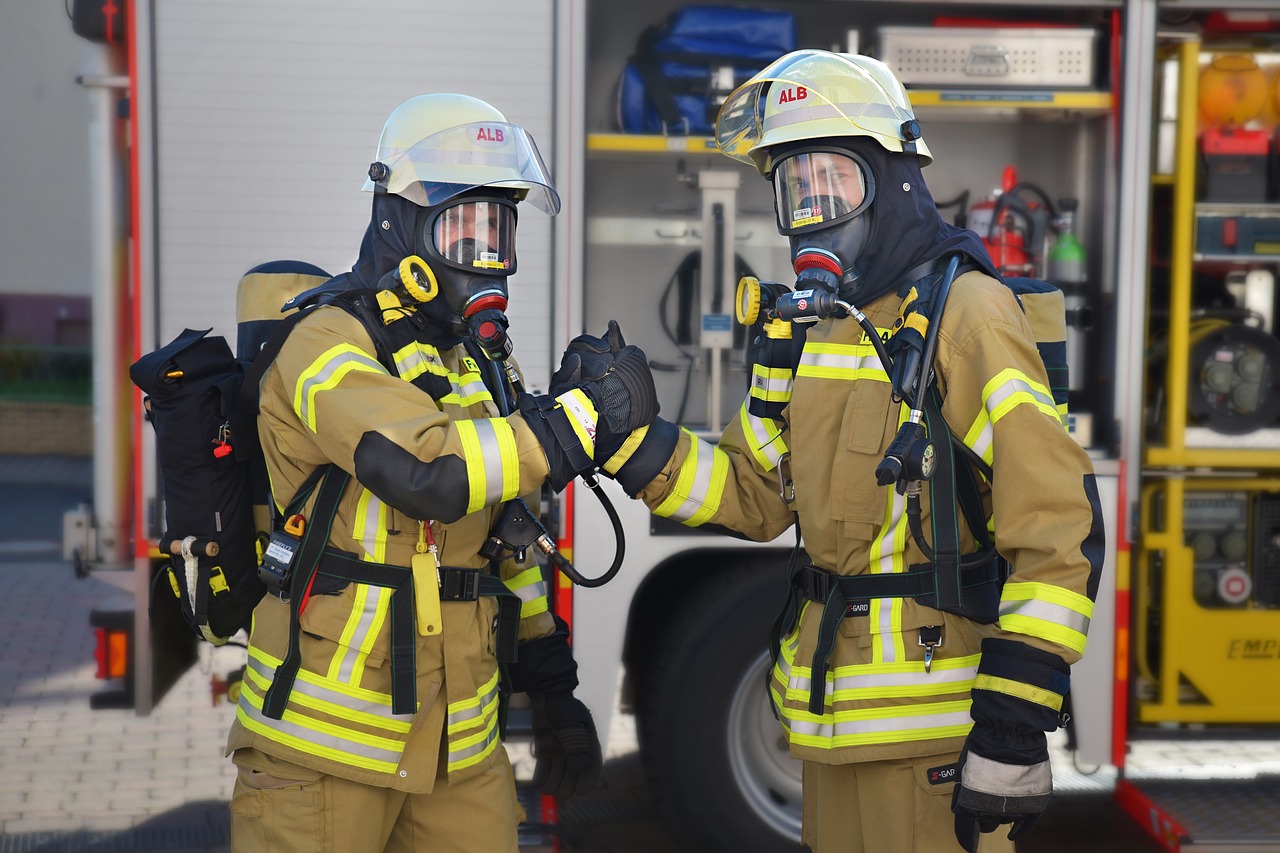Over the years, volunteer firefighter teams have proven to be necessary pillars in ensuring community safety and well-being. To effectively carry out their duties, these teams must possess strong bonds of camaraderie and trust. Team-building activities play a crucial role in fostering these connections among team members, enhancing communication, collaboration, and morale. By engaging in specific activities tailored to their unique challenges and responsibilities, volunteer firefighter teams can strengthen their unity and cohesion, ultimately leading to more effective and efficient emergency response efforts.
Understanding Volunteer Firefighter Teams
The Importance of Camaraderie
An important component of volunteer firefighter teams is camaraderie, which fosters a sense of unity and trust among team members. Camaraderie strengthens communication, improves teamwork, and enhances overall team performance. It creates a supportive environment where members can rely on each other during challenging situations, ultimately leading to better outcomes on the field.
Unique Challenges Faced by Volunteer Firefighters
Volunteer firefighters often face unique challenges compared to their professional counterparts, such as balancing their firefighting responsibilities with full-time jobs and personal commitments. Limited training opportunities, budget constraints, and the availability of resources can also pose significant challenges for volunteer firefighter teams. Despite these obstacles, volunteer firefighters remain dedicated to serving their communities and protecting lives and property.
Understanding the specific challenges faced by volunteer firefighters is crucial in developing effective team-building activities that address their needs and enhance their performance on the field.
Strategies for Effective Team-Building
Communication-Focused Activities
Activities that focus on improving communication within volunteer firefighter teams can greatly enhance camaraderie. Incorporating exercises such as role-playing scenarios, team debriefings after drills, and communication workshops can help team members understand each other’s perspectives and work together more effectively in emergency situations.
Trust and Cooperation Exercises
Activities that promote trust and cooperation are vital for building strong bonds within volunteer firefighter teams. Trust falls, blindfolded obstacle courses, and group problem-solving challenges are valuable exercises that require team members to rely on each other, fostering a sense of unity and dependability.
These exercises not only strengthen interpersonal relationships but also instill a sense of collective responsibility and reliance on one another. As volunteer firefighter teams often work in high-stress and dangerous situations, trust and cooperation are vital components for successful outcomes and team cohesion.
Implementing Team-Building Activities
Involving the Community
For volunteer firefighter teams looking to foster camaraderie, involving the community in team-building activities can be highly beneficial. Hosting events such as open houses, community clean-up days, or charity drives not only strengthen the bond within the team but also create a sense of unity with the residents they serve.
Regularity and Consistency
Teambuilding activities should be a regular and consistent part of the volunteer firefighter team’s schedule. By establishing a set cadence for these activities, whether it’s a monthly training session or a quarterly team-building retreat, team members can rely on these events to strengthen their relationships and communication skills consistently over time.
To maximize the impact of team-building activities on fostering camaraderie in volunteer firefighter teams, it is crucial to ensure that these activities are not just one-time events but rather integrated into the team’s routine. Consistency is key in reinforcing the bonds between team members and creating a strong sense of unity and trust within the group.
Evaluating the Impact of Team-Building
Assessing Team Dynamics
Team-building activities play a crucial role in fostering camaraderie among volunteer firefighter teams. By assessing team dynamics, leaders can gain insights into how team members communicate, collaborate, and respond to challenges. Understanding the strengths and weaknesses within the team can help identify areas for improvement and tailor future team-building activities to address specific needs.
Continual Improvement and Feedback Mechanisms
Any effective team-building program should include continual improvement and feedback mechanisms to ensure long-term success. By gathering feedback from team members after each activity, leaders can evaluate the effectiveness of the exercises and make adjustments as needed. This ongoing process of reflection and adaptation is key to fostering a culture of camaraderie and continuous growth within volunteer firefighter teams.
Plus, establishing clear channels for feedback and improvement can help build trust and transparency within the team. When team members feel their voices are heard and their opinions are valued, they are more likely to actively engage in team-building activities and work together towards a common goal. This not only strengthens camaraderie but also enhances overall team performance and morale.
Final Words
Ultimately, team-building activities that foster camaraderie in volunteer firefighter teams are important for promoting trust, communication, and cohesion among team members. Activities such as rope courses, simulation drills, and community outreach projects not only enhance teamwork skills but also create a strong sense of unity and support within the team. By engaging in these activities, volunteer firefighters can strengthen their bonds, improve their problem-solving abilities, and enhance their overall effectiveness in responding to emergencies. It is crucial for fire departments to prioritize team-building activities to ensure that their volunteer firefighters work cohesively and efficiently when facing challenging situations.


